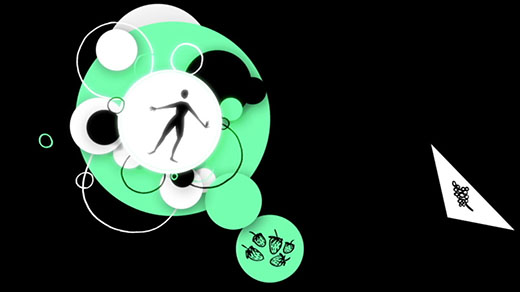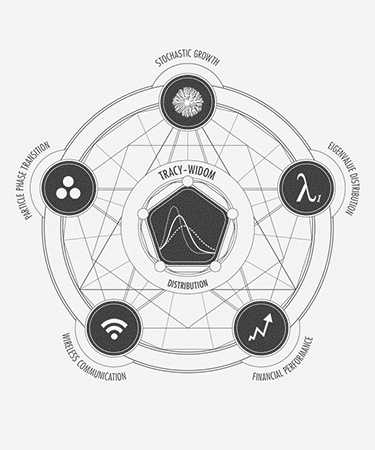What's up in
Statistical physics
Latest Articles
Math Is Still Catching Up to the Mysterious Genius of Srinivasa Ramanujan
Born poor in colonial India and dead at 32, Ramanujan had fantastical, out-of-nowhere visions that continue to shape the field today.
How Maxwell’s Demon Continues to Startle Scientists
The thorny thought experiment has been turned into a real experiment — one that physicists use to probe the physics of information.
Scientists Discover Exotic New Patterns of Synchronization
In a world seemingly filled with chaos, physicists have discovered new forms of synchronization and are learning how to predict and control them.
How Complex Wholes Emerge From Simple Parts
Throughout nature, throngs of relatively simple elements can self-organize into behaviors that seem unexpectedly complex. Scientists are beginning to understand why and how these phenomena emerge without a central organizing entity.
A Chemist Shines Light on a Surprising Prime Number Pattern
When a crystallographer treated prime numbers as a system of particles, the resulting diffraction pattern created a new view of existing conjectures in number theory.
The Atomic Theory of Origami
By reimagining the kinks and folds of origami as atoms in a lattice, researchers are uncovering strange behavior hiding in simple structures.
Swirling Bacteria Linked to the Physics of Phase Transitions
The new experiments suggest that simple models can explain the behavior of thousands of interacting organisms.
‘Digital Alchemist’ Seeks Rules of Emergence
Computational physicist Sharon Glotzer is uncovering the rules by which complex collective phenomena emerge from simple building blocks.
At the Far Ends of a New Universal Law
A potent theory has emerged explaining a mysterious statistical law that arises throughout physics and mathematics.








